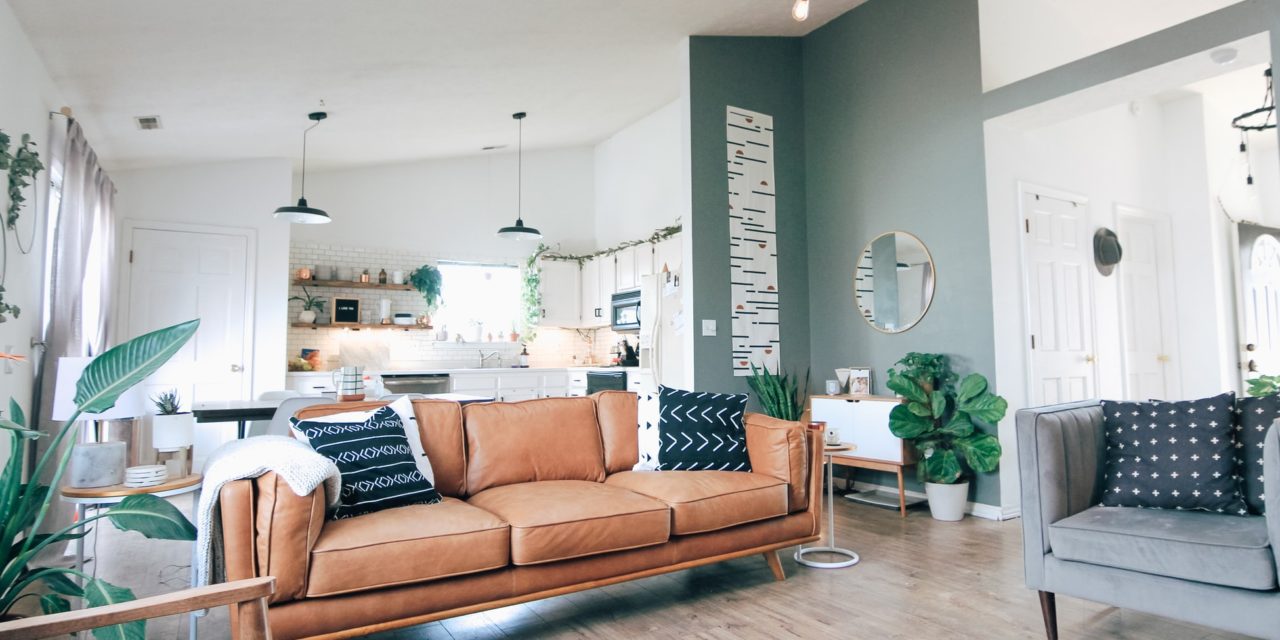[ad_1]
Asian style decorating has become a hot trend in the first decade of the 21st century. Unlike past waves of Asian design however, the latest version embraces a global perspective to create an eclectic mix that is both exotic and relaxed at the same time.
One of the intriguing aspects of this latest trend is that a decorator's personal creativity and imagination can design a room based on a single Asian culture, or on an exciting mix of the best the continent has to offer. The following guides will help decorators through the many and varied looks available in Asian decorating.
Color:
Pale, neutral colors for walls are preferred for a pan-Asian style that's likely to change frequently. With neutral colors on the walls, it's possible to go from the muted tones of Zen-like nature motifs of Japanese style to the more vivid colors of Indian designs. Red, lacquered black and gold remain the anchors of Chinese interior design style, including the ornate designs of magnificent silk oriental rugs. An Indian design will feature vibrant colors from the subcontinent. When looking for flooring, peacock blue area rugs and rich red rugs would be the perfect choice to complement your Indian decor.
Flooring:
Dark wood floor can serve as the basis for any Asian design theme. Bamboo rugs, tatami mats or bamboo flooring enhance a Japanese style, but all Asian designs look fabulous with Chinese rugs, Tibetan rugs or other oriental rugs. It's even possible to go a little farther afield to the stunning wool rugs of Iran (Persian) and Turkey in Asian styles.
Furniture:
Simple styles work best in Asian decorating, but the furniture must be of solid quality, preferably in dark wood or lacquered black. Plain furniture with a slightly rustic look fits in well, but more elaborately carved pieces such as screens, chests and even chairs serve as superb accent pieces. The key to combining these varied styles is to choose only one more ornate piece such as a chest or a screen, and keep the rest of the furniture simple.
Fabrics and Accessories:
Asian weavers have been creating fabulous fabrics for millennia, from Chinese silks to Indonesia batiks. These richly patterned fabrics can be used widely throughout an Asian decor as curtains, drapes, wall hangings and even throws. Area rugs are among some of the best examples of Asian weaving. They range from the simple textured patterns of Tibetan rugs through the elaborate motifs of silk oriental rugs to the boldly colored cotton rugs of India's many cultures. If choosing to make a rug the focal point of an Asian decor, be sure to choose the right fabric for the use.
Rugs made of natural fibers such as bamboo rugs and wool rugs should be kept out of kitchens and bathrooms where they are likely to get stained or damaged by water. Delicate silk rugs work best in rooms without a lot of foot traffic. If using Asian style in a room that gets a lot of use, it's best to find area rugs in Asian colors and patterns that are made of synthetic fibers. They'll withstand foot traffic and hold up to spills much better.
Finish off the Asian decor with accessories such as art, wrought iron, wall hangings, paper lanterns, ornate silver, ceramics, and pottery.
[ad_2]
Source by Sarah Crosset


